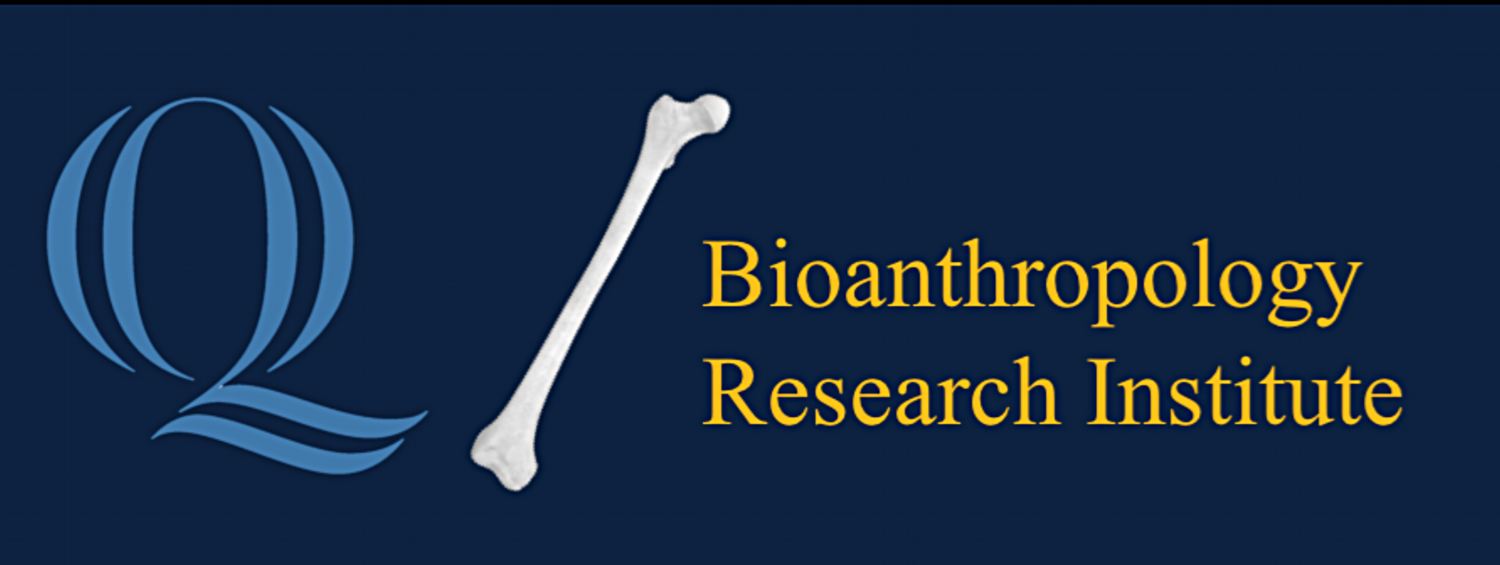BAKOTA Project
Overview: The Bronze Age Körös Off-Tell Archaeological (BAKOTA) Field School: Undergraduate Training in Fieldwork and Independent Research Reporting in European Archaeology is a summer program sponsored by Quinnipiac University and the National Science Foundation’s Research Experiences for Undergraduates Site program.
During this six week program, selected undergraduate students will: 1) work with an international research team while they analyze archaeological material, 2) participate in seminars and workshops taught by experts on archaeological method and theory and the cultural history of Eastern Europe, 3) visit museums and archaeological sites, 4) plan and complete an independent research project with a faculty mentor, and 5) live in a small town and learn about life in Hungary from the villagers, Hungarian students, and visiting project participants. Professional development mentoring will take place before the program starts, throughout the research season, and post-project. Participants will also receive training in ethical and equitable fieldwork codes of conduct, including Responsible Conduct in Research (RCR) and sexual harassment awareness training.
The first two weeks of the research experience will be spent at Quinnipiac University where students will receive introductory training, participate in workshops related to academic writing and statistical techniques, learn about the background of the BAKOTA project, and establish a connection with their research project and mentor. The remaining four weeks will be spent in Hungary where the team will carry out the various research projects using archaeological material from BAKOTA project excavations.
For application information and more details, visit http://bakota.net/
Comparative Imaging Study of Dry Fetal Skulls
Overview: Employing various imaging modalities to demonstrate the development of the dentition and inner ear of a collection dry fetal skulls ranging from 4 to 40 weeks gestation.
· MDCT (Quinnipiac)
· Microradiography: Faxitron/Film (Quinnipiac)
· Computed Radiography: Shamazu Portable/Kubtec CR system (Quinnipiac)
· Dental Cone Beam (UConn Dental School)
· Microradiography: DR cabinet system (Kubtec)
· Tomosynthesis: Parameter Unit (Kubtec)
· Macroscopic Measurements (Quinnipiac)
Source of Material: Shapiro/Robinson Dry Skulls from the Kier/Conlogue Collection at the Cushing Center in the Yale Medical School Library.
Participant Affiliations:
· University College Dublin (UCD)
· UConn Dental School
· Kubtec
· Quinnipiac University
· University of Western Ontario
Comparative Imaging of Neuroanatomy
Overview: Examples of various mammals, reptiles, fish and avian species that had the cerebral circulation injected with a radiopaque contrast media. All imaging studies completed at Quinnipiac Diagnostic Imaging Laboratory.
· Computed Radiography
· MDCT
· Microradiography
Source of Material: Comparative Anatomy Study for various animal specimens from the Kier/Conlogue Collection
The Use of Multi-Detector Computed Tomography in Determination of the Implements Employed to Dismember an Individual
Overview: A dismembered skeleton brought to the Office of the Chief Medical Examiner (OCME) in 1985 that was retrieved in Farmington, Connecticut. There were over one hundred cut marks that appear to have been made with more than one sharp object.
Source of Material: OCME 85-1518
The Effects of Irradiation Using Multi-Detector Computed Tomography on Thermoluminescent Dating of Pottery
Overview: There has been numerous claims that irradiation of pottery during multi-detector computed tomography results in inaccurate thermoluminescent dating of the samples.
Source of Material: Pottery samples provided by the University of Connecticut from the Morgan Site, Rocky Hill Connecticut.
Changes in Hounsfield Numbers Related to the Degree of Cremation of Bone
Description: Ed Bormann, a graduate of the Diagnostic Imaging Program discovered, while preparing for a field archaeology field season in Hungary, that the density of bone, measured in Hounsfield Units, changes due to the temperature that it is burned.
Source of Material: Modern fauna specimens that were burned last year, archaeological bone samples collected this summer from a Bronze Age cemetery
A Comparison of Various Imaging Modalities to Demonstrate an Induced Occult Fracture in a Fetal Pig
Overview: Demonstrating occult rib fractures in cases of suspected child abuse can be difficult. An occult fracture was created in a fetal pig to simulate the condition and imaged using various imaging modalities.
Source of Material: A fetal pig from Carolina Biological
Sex Identification of Metacarpals from St. Bride’s, London
Overview: We are measuring metacarpals of individuals of known-age and –sex from St Bride’s Church in London. Five measurements, taken with both calipers and a mini osteometric board, can be used to create equations to determine sex, which has a forensic application. We are also testing equations derived from other collections, and are testing the comparability of the calipers and mini osteometric board. Finally, x-rays were taken of the bones, and measurements will be compared between x-rays and the macroscopic measurements.
Source of Material: St. Bride’s Church, London (via Museum of London)
Participant Affiliations:
· Quinnipiac University
· SUNY-Oneonta
· Ohio State University
NSF-REU: Calculating MNI using the Mandible
Click here for more links to REU







